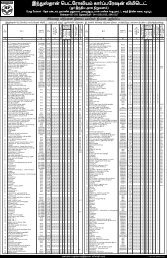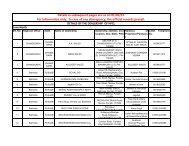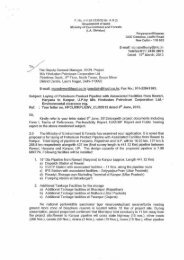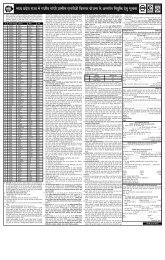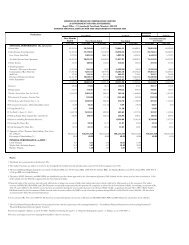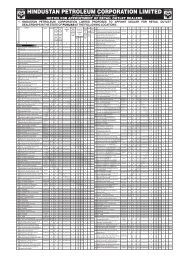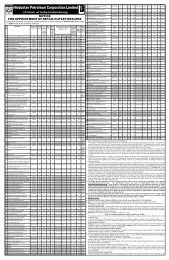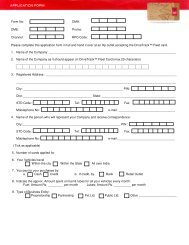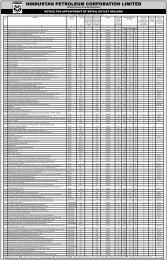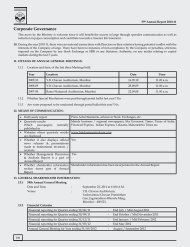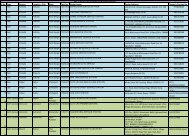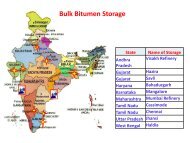HP Bitumen Handbook - Hindustan Petroleum Corporation Limited
HP Bitumen Handbook - Hindustan Petroleum Corporation Limited
HP Bitumen Handbook - Hindustan Petroleum Corporation Limited
You also want an ePaper? Increase the reach of your titles
YUMPU automatically turns print PDFs into web optimized ePapers that Google loves.
4. Properties of bitumen<br />
4.1. <strong>Bitumen</strong> –A Visco-Elastic Material<br />
The properties of <strong>Bitumen</strong><br />
can be defined in terms<br />
analogous to the Modulus<br />
of Elasticity of solid<br />
materials.<br />
In case of solids, Modulus<br />
of Elasticity E is defined by<br />
Hooke’s law <strong>Bitumen</strong> is a Visco-elastic material. At high temperatures it<br />
behaves like a liquid & hence liquid flow properties like Viscosity are<br />
exhibited. However, at low temperatures bitumen behaves like a solid<br />
and hence solid properties like stress & strain become relevant.<br />
Similarly, for shorter loading time bitumen behaves like a solid whereas<br />
for longer loading times bitumen behaves like a liquid.<br />
The properties that bitumen exhibits in the intermediate temperature<br />
range and loading time are of great relevance as this range is very long<br />
and bitumen is handled in this temperature range most of the times.<br />
Due to the visco-elastic nature of bitumen, there is always a phase lag in<br />
stress & strain in case of repetitive loadings. For purely elastic material<br />
the phase lag is 0 0 and for purely viscous material the phase lag is 90 0 .<br />
In case of bitumen since it is neither a liquid nor a solid at most<br />
temperatures hence the phase lag is always between 0 0 to 90 0 .<br />
The above theory is extremely useful in studying fatigue characteristics,<br />
properties of creep & also tensile strength of bitumen.<br />
5



